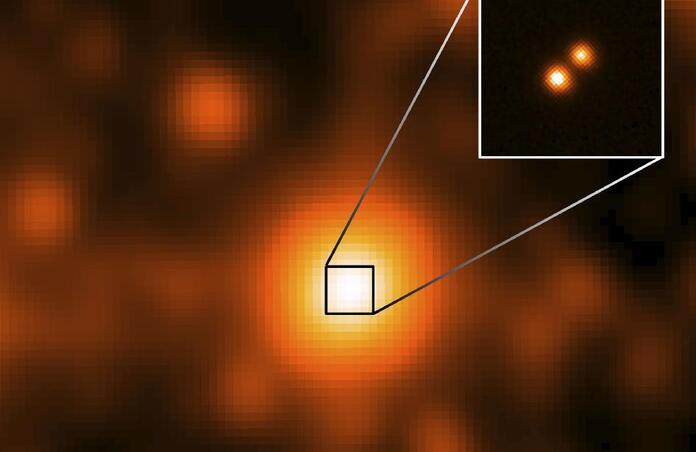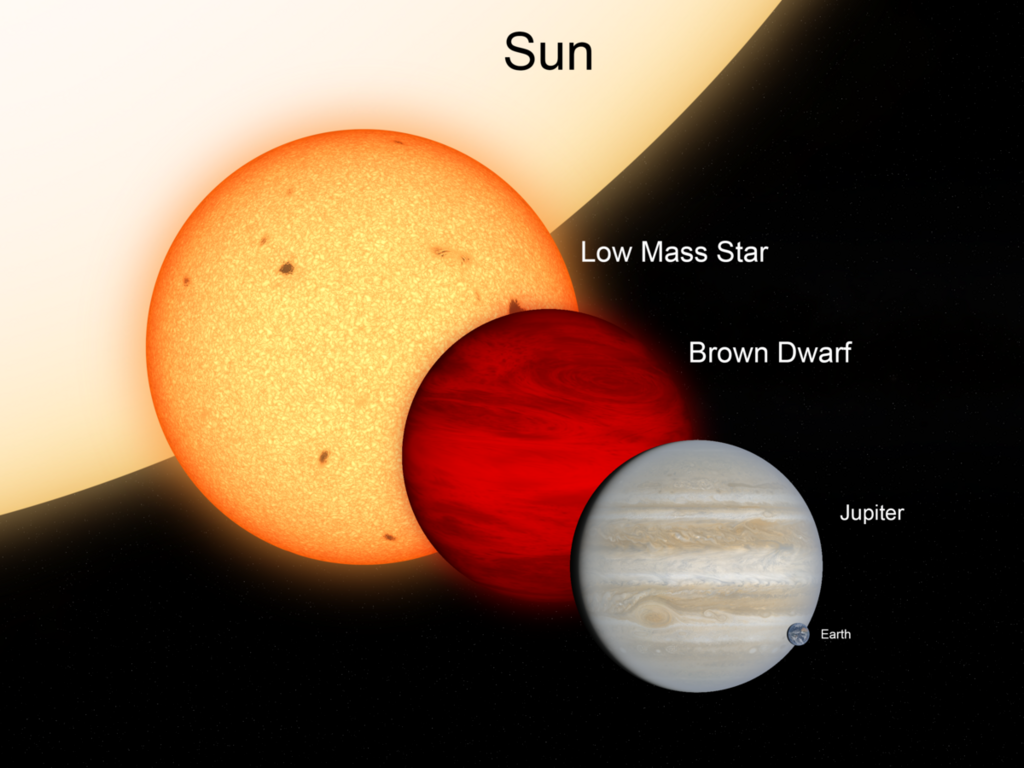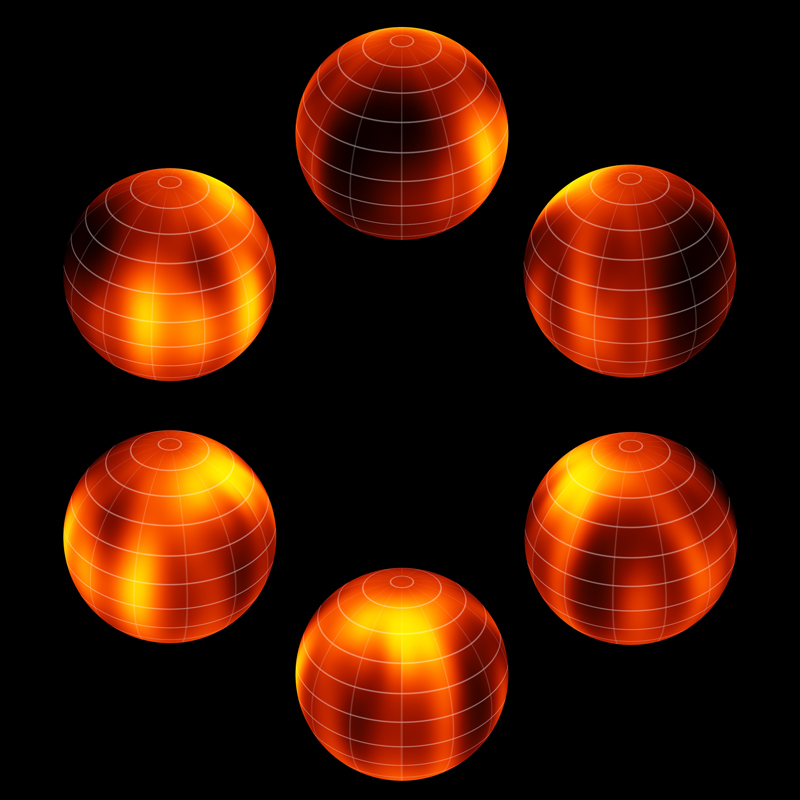Spitzer Discovers Three Fastest-Rotating Brown Dwarfs

Using NASA’s Spitzer Space Telescope and the ground-based Gemini North observatory, astronomers have identified three brown dwarfs spinning at the astronomical rate of 1 rotation per hour.
Brown dwarfs are often called “failed stars”, which doesn’t quite do justice to these fascinating objects. They are intermediates between giant gas planets and stars, because they have masses between 13 Jupiter masses, the limit above which Deuterium-fusion can be conducted, but below 65 Jupiter masses, the limit above which the Hydrogen fusion characteristic of (main sequence) stars can occur. They are closer to stars in terms of their formation: an interstellar cloud collapsing under gravity, but because of their mass they never reach a sufficient temperature to go beyond the reactions that happen in a protostar. With these short-lived, low-energy Deuterium fusion reactions, they are much cooler than “normal” stars and thus radiate mainly at infrared wavelengths.

The brown dwarf’s atmosphere is more similar to a planet’s, because it shows weather patterns like storms (think of Jupiter’s Red Spot) and clouds. These clouds contain condensed iron and mineral that might even pour onto the dwarf as rain! In 2014, a team at the Max Planck Institute of Astronomy was the first to map the atmosphere of the closest brown dwarfs, Luhman 16A and Luhman 16B, a binary system (shown as the cover image). They used a technique called Doppler Imaging, which allows for the mapping of inhomogeneities like temperature differences, chemical composition differences or magnetic fields. Note that brown dwarfs are classified according to the dominant elements in their spectrum, but the Doppler effect can be observed on all these types as it’s an alteration of the spectral lines - for the part of the star that rotates “away” from us, lines appear redshifted, conversely for the part rotating “towards” our line of sight the spectral lines get blueshifted.

To determine brown dwarf’s rotation rates, the Doppler broadened absorption lines are analysed, and the storms observed via Doppler imaging periodically affect the dwarf’s brightness. These two measurements are then matched to computer simulations of the object’s rotation. As well, it is thought that regular radio burst observed from certain brown dwarfs could be explained by auroras, powered by these object’s magnetic field combined with the rotation. Anyway, the finding of 350 000 km/h rotation speeds at the equator is now considered to be an upper limit for these objects, as higher speeds would essentially tear them apart because their (relatively) weak gravity couldn’t hold the gas together.
Brown dwarfs have been described as a “training ground” for astronomers; it is indeed much easier to study their atmospheres than that of exoplanets. Yet by developing and testing the aforementioned techniques, they will eventually be used for the study of exoplanets, notably thanks to observatories like the European Extremely Large Telescope, currently under construction. The weather patterns of an exoplanetary atmosphere are as important as its composition to inform us about the potential habitability of a planet. Research will probably start with Gas giants as they are the most like brown dwarfs and then turn to increasingly small exoplanets, Neptunian-sized, super-Earths and terrestrial planets.
This new investigation into brown dwarf’s rotation rates not just reveals properties of these objects between stars and planets, it also lays foundations for the study of exoplanets.
Cover Image: Luhman 16 Brown Dwarf pair, NASA/JPL/Gemini Observatory/AURA/NSF
Image credits:
1 - Brown Dwarf size, Planetkid32 for Wikimedia Commons
2 - Surface Map of Luhman 16B, ESO / I. Crossfield
